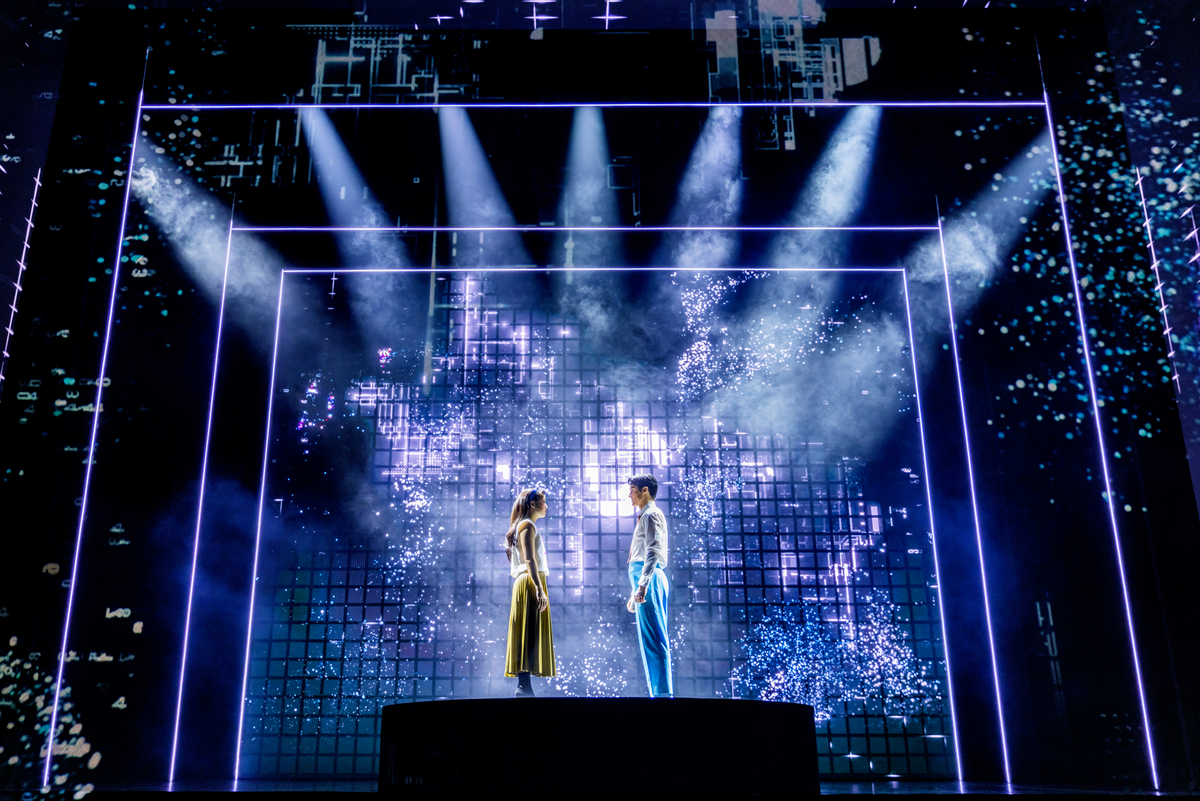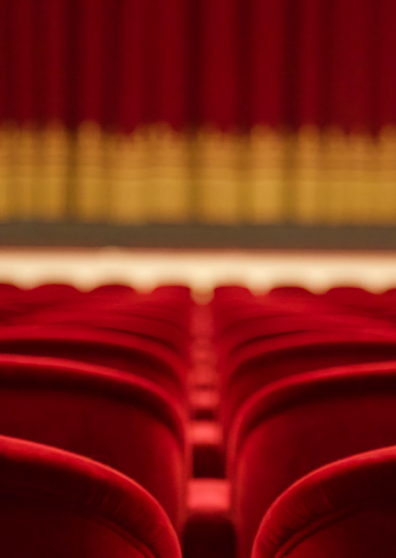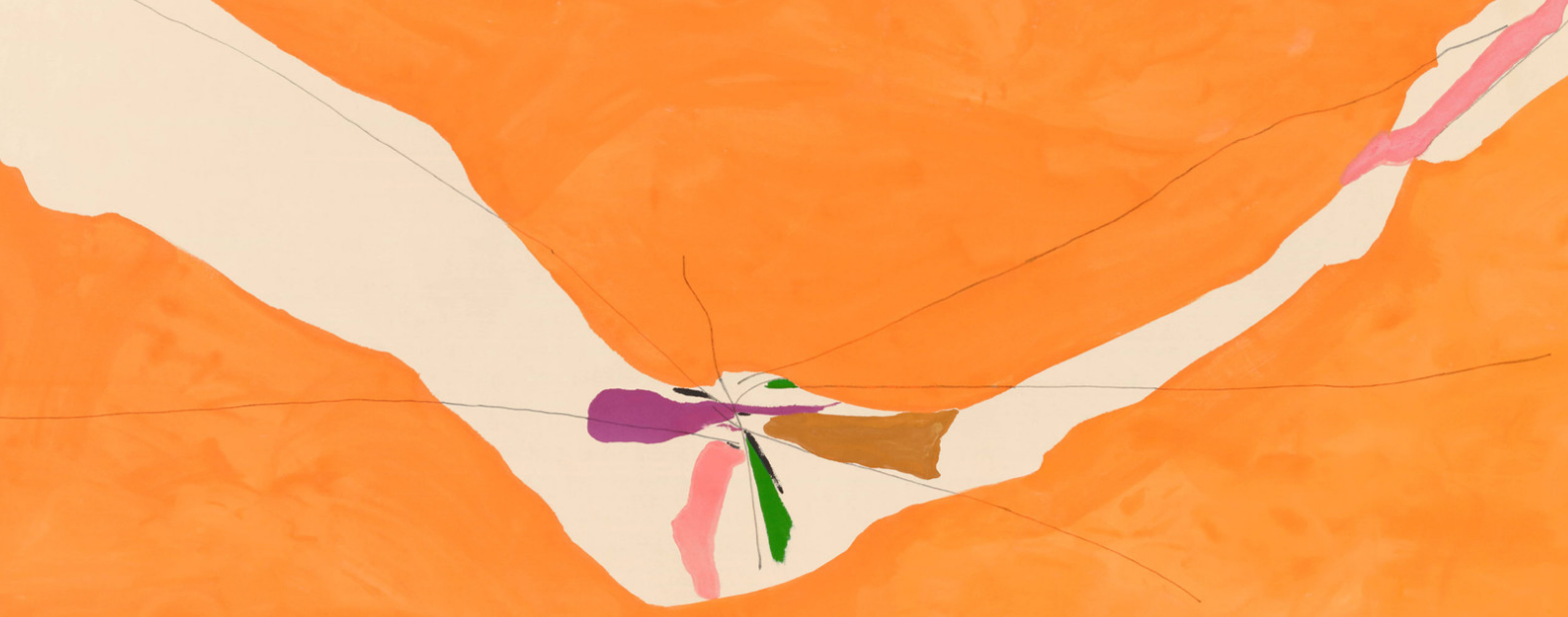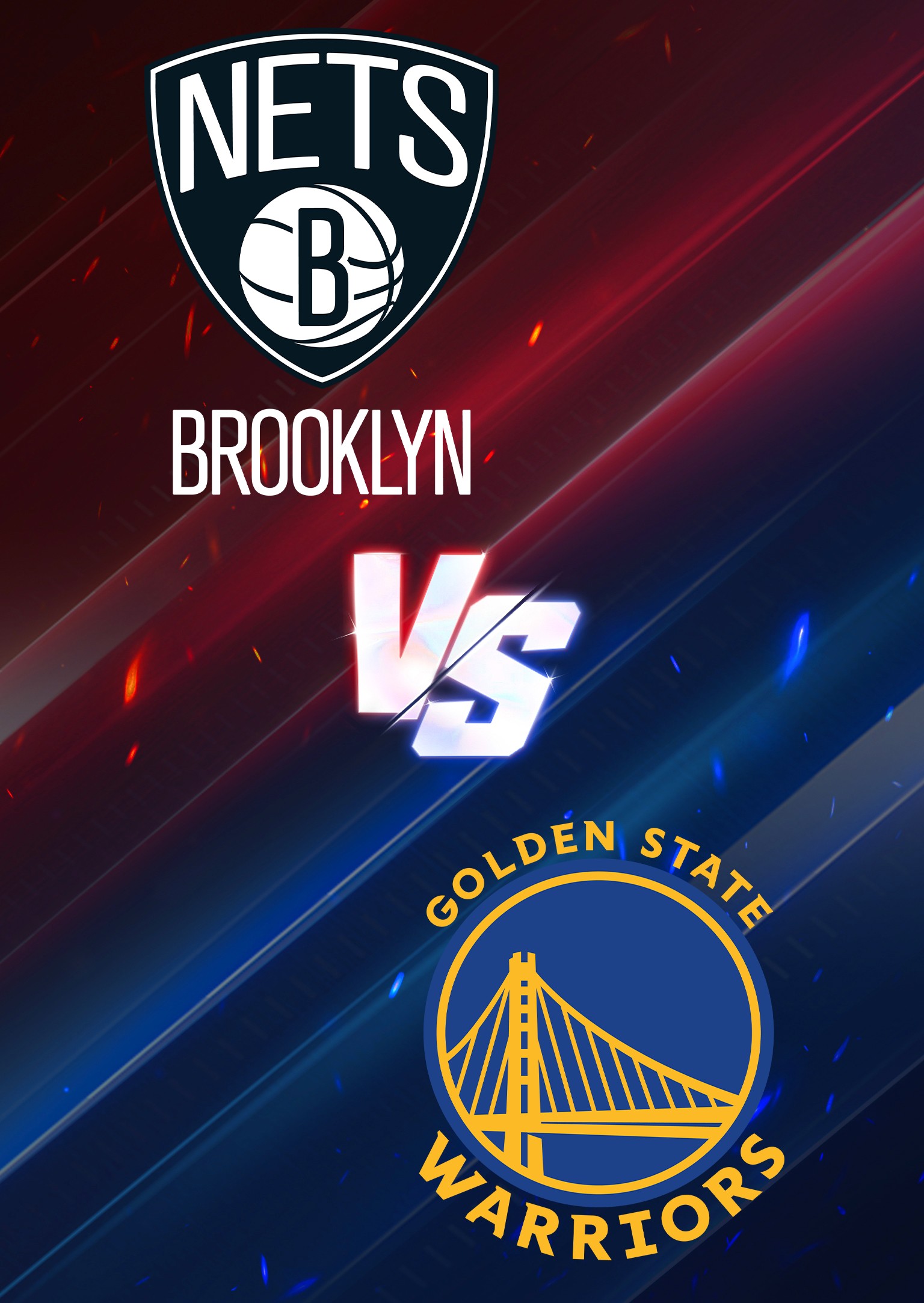Recent Searches
Popular Attractions
Guiyang
Southwest of China,China,Eastern Asia
Latest Events in New York(December Updated)
Are you interested in Tropical Palm Tree Paint Night?
245 people have participated in this
poll
Yes
No




50%



50%
Type
Location
Date
Popularity
New Arrivals

The Lion King Show|Tickets, Dates and Attractions | Minskoff Theatre
The Lion King Show is an exceptional event that takes place in the vibrant city of New York. Held at the renowned Minskoff Theatre, this show promises an unforgettable experience for all attendees. From now on, immerse yourself in the mesmerizing world of The Lion King.
Based on the 1994 Disney film and the original book by Roger and Erin, the musical won an Oscar for the song Can You Feel the Love Tonight. This remarkable production showcases the timeless tale of Simba, the young lion prince, as he embarks on a journey of self-discovery and courage. This visual feast successfully blends animals, puppets and real people seamlessly and is loved by audiences of all ages.
Don’t miss out on this extraordinary event, Trip.com offers a wide range of ticketing options. Immerse yourself in the enchanting atmosphere of the Minskoff Theatre and witness the magic unfold before your eyes. Whether you are a fan of the original animated film or a newcomer to the story, this show guarantees to leave you in awe.

McHale's New Year's Eve 2026 - VIP Escort to LIVE Ball Drop View - Dec 31 | McHale's Times Square | DIRECT VIEWS OF THE BALL DROP
Broadway Ball Drop Announces its Annual New Year’s Eve Celebration With LIVE Ball Drop Views and Exclusive NYC Music Entertainment at McHale's Times Square.
Premiere New Year’s Eve Experience with Guaranteed Views of the Ball Drop for ALL our Guests!
------------------------------------------------------------------------------------
> EVENT P ICTURES - CLICK HERE <
> EVENT VIDEO - CLICK HERE <
------------------------------------------------------------------------------------
IMPORTANT - FOR ALL OUR GUESTS:
-
VIP ESCORT TO SEE THE BALL DROP LIVE IN TIMES SQUARE!
(Please arrive at the venue before 10 PM to join in the escort):
-
BALL DROP VIEWING AREAS (See MAP below):
OPTIONS 1, 2: 48 Street & Below
OPTIONS 3, 4: 50 Street & Below
-
NYPD approved event access card
to be provided.
-
All tickets must be printed
and shown to the Police officers stationed at the barricades.
- Event entry will be ONLY at 51 Street & 8 Avenue.
-
We will have an event representative stationed at the barricade
(on 51 Street & 8 Avenue) to help our guests go through and access our event. If you have any difficulties to access the venue, please contact McHale’s directly at 212-957-5138.
-
Event is open to under 21
(when accompanied by an adult).
-
Dress Code:
Cocktail Attire.
-
After the Ball Drop
, all our guests will be invited to join the Ball Drop After Party at McHale's, starting at 12:15AM until 4AM. CASH BAR ONLY.
------------------------------------------------------------------------------------
TICKETS:
>
FOR OPTIONS 1, 2, 3:
- 3-hour Premium Open Bar / Hors d’Oeuvres, Sweets / Live NYC Musical Entertainment / Professional Photographer / Party Favors.
>
FOR OPTION 4:
- Food & Drinks: CASH BAR.
- Arrival after 8:30PM and before 10PM - to make sure you will be escorted to see the Ball Drop.
>
FOR ALL OUR GUESTS
- After Midnight - Complimentary access to the Ball Drop After Party / CASH BAR (12:15AM-4AM) / Music & Dancing.
- Prices per Person (All taxes & tips included).
Looking forward to hosting you and your guests and wishing you an evening you will never forget!
Broadway Ball Drop Team.
------------------------------------------------------------------------------------
EXCLUSIVE MUSIC PERFORMANCES BY NEW YORK ARTIST:
Musician Syl Heeney:
Dublin born and bred Irish Celtic folksinger/guitarist/bodhran-bones player - in the style of The Dubliners - covering classic and contemporary songs/stories of all facets of Irish history-rebellion, struggle, emigration, love of country, love songs, funny-celebrating Ireland's unique Celtic cultural contribution to the United States.
------------------------------------------------------------------------------------
ABOUT MCHALE'S TIMES SQUARE:
"Voted best Irish Bar in New York City” by OpenTable
– McHale’s is in the heart of Broadway, and just steps from the world-famous Times Square and Radio City Music Hall. McHale’s Bar brings a little taste of comfort and home to the hustle and bustle of the city. Established in 2012, McHale’s has become a mainstay in the theatre district and is an excellent destination for show goers and Ball drop revelers.
Refund and cancellation policies:
All sales are final and non-refundable.
Information Source: Broadway Ball Drop | DIRECT VIEWS OF THE BALL DROP | eventbrite

Maybe Happy Ending | Belasco Theatre
Emmy® and Golden Globe Award® winner Darren Criss ( Little Shop of Horrors ) returns to Broadway alongside Helen J Shen in the new romantic musical comedy Maybe Happy Ending . Inside a one-room apartment on the outskirts of Seoul, Oliver lives a happily quiet life, listening to jazz records and caring for his favorite plant. But what else is there to do when you’re a Helperbot 3, a robot that has long been retired and considered obsolete? When his fellow Helperbot neighbor Claire asks to borrow his charger, what starts as an awkward encounter leads to a unique friendship, a surprising adventure, and maybe even…love? Winner of the Richard Rodgers Award, Maybe Happy Ending is the offbeat and captivating story of two outcasts near the end of their warranty who discover that even robots can be swept off their feet. Helmed by visionary director and Tony Award® winner Michael Arden ( Parade , Once on This Island ), with a dazzling scenic design by Dane Laffrey ( A Christmas Carol ) and book, music, and lyrics by the internationally acclaimed duo Will Aronson and Hue Park, Maybe Happy Ending is a fresh, original musical about the small things that make any life worth living. 100 minutes, no intermission

BROADWAY BALL DROP New Year's Eve 2026 - VIP Escort LIVE Ball Drop - Dec 31 | BROADWAY BALL DROP @ McHale's Times Square | DIRECT VIEWS OF THE BALL DROP
Broadway Ball Drop Announces its Annual New Year’s Eve Celebration With LIVE Ball Drop Views and Exclusive NYC Music Entertainment at McHale's Times Square.
Premiere New Year’s Eve Experience with Guaranteed Views of the Ball Drop for ALL our Guests!
------------------------------------------------------------------------------------
> EVENT P ICTURES - CLICK HERE <
> EVENT VIDEO - CLICK HERE <
------------------------------------------------------------------------------------
IMPORTANT - FOR ALL OUR GUESTS:
-
VIP ESCORT TO SEE THE BALL DROP LIVE IN TIMES SQUARE!
(Please arrive at the venue before 10 PM to join in the escort):
-
BALL DROP VIEWING AREAS (See MAP below):
OPTIONS 1, 2: 48 Street & Below
OPTIONS 3, 4: 50 Street & Below
-
NYPD approved event access card
to be provided.
-
All tickets must be printed
and shown to the Police officers stationed at the barricades.
- Event entry will be ONLY at 51 Street & 8 Avenue.
-
We will have an event representative stationed at the barricade
(on 51 Street & 8 Avenue) to help our guests go through and access our event. If you have any difficulties to access the venue, please contact McHale’s directly at 212-957-5138.
-
Event is open to under 21
(when accompanied by an adult).
-
Dress Code:
Cocktail Attire.
-
After the Ball Drop
, all our guests will be invited to join the Ball Drop After Party at McHale's, starting at 12:15AM until 4AM. CASH BAR ONLY.
------------------------------------------------------------------------------------
TICKETS:
>
FOR OPTIONS 1, 2, 3:
- 3-hour Premium Open Bar / Hors d’Oeuvres, Sweets / Live NYC Musical Entertainment / Professional Photographer / Party Favors.
>
FOR OPTION 4:
- Food & Drinks: CASH BAR.
- Arrival after 8:30PM and before 10PM - to make sure you will be escorted to see the Ball Drop.
>
FOR ALL OUR GUESTS
- After Midnight - Complimentary access to the Ball Drop After Party / CASH BAR (12:15AM-4AM) / Music & Dancing.
- Prices per Person (All taxes & tips included).
Looking forward to hosting you and your guests and wishing you an evening you will never forget!
Broadway Ball Drop Team.
------------------------------------------------------------------------------------
EXCLUSIVE MUSIC PERFORMANCES BY NEW YORK ARTIST:
Musician Syl Heeney:
Dublin born and bred Irish Celtic folksinger/guitarist/bodhran-bones player - in the style of The Dubliners - covering classic and contemporary songs/stories of all facets of Irish history-rebellion, struggle, emigration, love of country, love songs, funny-celebrating Ireland's unique Celtic cultural contribution to the United States.
------------------------------------------------------------------------------------
ABOUT MCHALE'S TIMES SQUARE:
"Voted best Irish Bar in New York City” by OpenTable
– McHale’s is in the heart of Broadway, and just steps from the world-famous Times Square and Radio City Music Hall. McHale’s Bar brings a little taste of comfort and home to the hustle and bustle of the city. Established in 2012, McHale’s has become a mainstay in the theatre district and is an excellent destination for show goers and Ball drop revelers.
Refund and cancellation policies:
All sales are final and non-refundable.
Information Source: Broadway Ball Drop | DIRECT VIEWS OF THE BALL DROP | eventbrite

New Regents Chemistry Labs: Fast & Fragrant | The City College of New York
KEY INFORMATION
Date/Time:
Sunday, Dec 7, from 9am - 3pm
Location:
CUNY City College of NY, North Academic Center (exact room will be emailed to participants)
Workshop Leader:
Kara Luce & Sabrina Alkayfee (bios below)
Appropriate for:
Any NYS Regents Chemistry teacher who is leading the new labs, and those working with regents chemistry teachers.
6hrs of CTLE credit offered
WORKSHOP DESCRIPTION
The NYS Regents Chemistry labs have just been introduced, and we want to help you learn them. This workshop will build on strategies and structures that worked well for out Life Science series last year, and explores active learning strategies for deepening your student’s understanding of crucial conceptual models and help you effectively implement a student-centered, NGSS and NYS Regents-aligned approach tailored to physical science education. To do this, you will engage with the required experiments and activities designed to help students build a critical understanding of these models.
On December 7th, we will run the
Structures and Properties of Matter:
The Fast and the Fragrant
– Evaporation and
Intermolecular Forces (PE: HS-PS1-3)
lab. (Keep an eye out for a workshop later this school year on the third lab,
Just a Drop.
)
You will work in both “student mode” and “teacher mode” so you can experience the lab through both lenses, and add practical tools to your teacher toolbox. We will include structured discussions about the new changes in the New York State Regents curriculum and test, strategies for accommodating district-specific curricular requirements, various student populations, laboratory resources, and more.
We welcome all teachers and administrators, both new and experienced, to join us for this engaging workshop!
WORKSHOP LEADERS
Kara Luce
has been a teacher for 20+ years, teaching in a variety of settings in multiple states. While she has taught everything from 7th grade math to honors Physics, the one constant has always been chemistry. Kara has been working with and training educators in the NGSS standards since 2013, and has been a part of STEMteachersNYC since moving to the tri-state area in 2017.
Sabrina Alkayfee
has been teaching high school chemistry since 2019 at the Bronx River High School, a Title I school in District 8. She has also taught Living Environment, Forensics and Biology, and is teaching in the district she grew up in (and can’t image herself anywhere else!). She considers herself a non-traditional teacher, meaning that teaching chose her, having majored in Chemistry at SUNY College at Old Westbury, and receiving her Master’s in Education (Chemistry 7-12) from St. John's University. She is of Jamaican descent, the biological mom of one, and has fostered many children over the years (including one presently). Sabrina enjoys volunteering, weight lifting, and learning more about others, and is the LGBTQ+ liaison and club advisor at her school.
ABOUT STEMteachersNYC
Since 2011,
STEMteachersNYC
has delivered professional development workshops for teachers, by teachers, about teaching. We are an approved CTLE and NYCPS MTAC vendor. All workshops over 2hrs offer CTLE. Below is some important information, but please see our official
Registration FAQ
on our website for full details and policies.
Pricing:
workshop/event pricing reflects a desire to offer affordable professional learning experiences. Some workshops are subsidized and offered at a discount or for free.
CUNY & other partner campus pre-service students:
If you are training to be a teacher, we want to welcome you to attend our workshops for free! Please email
registration@stemteachersnyc.org
for details and to see if you qualify.
Want to pay by invoice or purchase order?
We encourage you to ask your school or organization if this is a possibility. Please see the
Registration FAQ
for the process.
Are there discounts available?
Often, yes! In the summers, we offer Early Bird and Teacher discounts alongside a Full Price ticket meant for those whose school or organization is funding their ticket. In the summer, we also have full scholarships, and a Fellowship available. All year, we announce specials and discounts on our social media (@STEMteachersNYC on
Instagram
,
LinkedIn
,
Bluesky
, and
Facebook
), and in our Weekly Newsletter –
sign up here
. Additionally, we partner with several organizations and CUNY to offer free tickets to teachers and pre-service teachers involved, and if at any time price is a barrier to you purchasing a ticket, please contact us at
registration@STEMteachersNYC.org
Refunds, cancellations, and other registration/ticketing policies or changes:
Please see the full
Registration FAQ
for details and policies.
Please note:
We take screenshots, photographs and record video of our workshops in order to publicize a positive image of science teaching, and of STEMteachersNYC – a recognized 501(c)(3) non-profit organization – and to support future teacher leaders. If you register, you are agreeing to be photographed and to have your voice and image video-recorded. You are also agreeing to relinquish all your rights to the photographs and video recordings.
If you do not wish to be photographed or video-recorded – you must inform us before the workshop starts. For in-person workshops, we may take one photograph of your face so that we can erase your image if we happen to catch it by chance during the workshop, and we will do our best to avoid you.
Have more questions?
Please see the full
Registration FAQ
for further details and policies, or contact us directly:
Registration or ticketing questions - registration@STEMteachersNYC.org
Questions about invoice/PO issues - bookkeeper@STEMteachersNYC.org
Any other questions - info@STEMteachersNYC.org
Information Source: STEMteachersNYC | eventbrite

NEW YEARS EVE 2026 @230 Fifth Rooftop | 1150 Broadway
New Year's Eve 2026 @ 230 Fifth Rooftop
Celebrate New Year's at NYC's most famous rooftop venue - 230 FIFTH!
Welcome 2026 with good friends, good food, and good times! Come over for appetizers, dancing, and a champagne toast.
We've got Multiple DJs, 2 dance floors, and 33000 sq. ft. of indoor and outdoor space. Enjoy the amazing views and great vibes!
Follow us on
Instagram
and
Facebook
Offerings:
Multiple DJs, variety of music in different rooms.
Open Bar from 9pm-1am & Cash Bar from 1am-3am
Food served from 9:30pm-11:30pm. Light bites, NOT full dinner.
Champagne toast
Premium alcohol of your choice: Absolut, Grey Goose, Tito's, Johnnie Walker Black, Bombay Sapphire, Jack Daniel’s, Bacardi
Good food and delicious handcrafted cocktails
Access to NYC's most famous rooftop & penthouse - 230 Fifth
Prime Manhattan location
Incredible skyline view of the city and the Empire State Building
Hundreds of guests to meet
Amazing lighting, sound, and decor
IMPORTANT REMINDERS:
Guests have access to both indoor and outdoor spaces.
Food served will be appetizers, not full formal meals.
All guests must be 21 years of age or older.
A driver's license will be accepted. There is no need to bring your passport.
We are NOT sure if we can view fireworks from the venue. It will depend on the Empire State Building.
You CAN'T see Times Square from our rooftop.
You do not need to print your tickets. The email or a picture of the QR is enough. If you can't access it, we can look up your ticket with your name.
Tables include admission.
Guidelines and Policies:
Age Requirement:
Must be 21 years of age or older. (Unfortunately, even if the parent will be around.)
ID to Enter:
Bring a valid ID that matches purchaser's name.
Time:
Doors open at 8 PM. Event starts at 9 PM. Door closes at 2 AM party ends at 3am
Dress Code:
Cocktail attire recommended.
No Refunds, All Sales Final:
Unforeseen circumstances beyond our control will not be grounds for a refund, including but not limited to the following: local or national weather conditions, natural disasters, waiting in lines, extended waits in lines, family emergencies, medical emergencies including COVID-19 results, employment issues including layoffs, traffic, parking, public or private transportation issues, etc. If you purchased for the incorrect date, location, event, etc, we are not obligated to provide a refund, credit, exchange or transfer. We reserve the right to refuse entry to any ticket-holder, without a refund, for any reason, including but not limited to: disorderly behavior, failing to comply with the rules of the venue, incorrect attire, intoxication, venue capacity, breach of security, and other restrictions. You are aware that Talent is subject to change without notice, which is not grounds for a refund. You are aware that amenities promised are not guaranteed and are not grounds for a refund. Dissatisfaction with any aspect of the event is not grounds for a refund, including but not limited to: music, DJ(s), decorations or lack thereof, party favors or lack thereof, beverages or lack thereof, alcohol selection, bar staff, food availability and selection, fellow patrons/attendees, venue staff, event staff, security, performances, ambiance, amenities, venue, check-in process, seating or lack of seating, wait in lines, emergency closures of event, delayed commencing of events, early ending of events, etc. 230 Fifth reserves the right to increase pricing without prior notice.
Support:
If you encounter a problem at the event, a complaint must be filed within 5 calendar days following the event date; failure to contact within the 5 days will be a complete waiver of your right to request compensation, whether monetary or otherwise. You can reach us at events@230-fifth.com
Event Booking:
By purchasing a ticket, you're entitled to entry to event you're purchasing it for; with its corresponding date, start time, and end time. If you do not show up to the event, you understand that you are forfeiting your ticket(s) and therefore your ticketing fee (the entirety of what you paid) will not be returned to you. You are fully liable for your purchase whether or not you can attend the event.
Event Cancellations:
If the event is cancelled, you will be refunded the face value of your ticket.
Release of Liability:
By purchasing the tickets through Eventbrite, you hereby release and forever discharge us from any liability or claims for damages that may arise as a result of your attendance and participation at the event, including claims for personal injury, or damage to personal property, or any other claims for negligence on our part. It is hereby understood that the purchase of tickets by you and your participation in the events shall not be construed as an assumption on our part of responsibility, liability, or control of the events.
Indemnity:
By Purchasing tickets for this event, you agree to indemnify and hold us harmless from and against all claims, damages, losses, and expenses, including reasonable attorney’s fees arising out of or because of complying with this Indemnity Clause. You hereby release, remise, and forever discharge us from all manner of actions, causes of actions, suits, debts, judgments, executions, claims, demands whatsoever, known or unknown, in law or equity, which you have ever had, now have, may have, or claim against us.
P hoto and Video Consent:
By purchasing this ticket, I hereby authorize 230 Fifth to publish photographs and videos that may or may not be taken of me on the 2026 New Year's Eve event for use in print, online and video based marketing materials, social media, as well as company publications.
By placing an order, you are confirming that you received this policy and are agreeing to abide by the clauses within. This policy is a binding contract between you and the venue.
FAQs:
Q: Do I have to be 21 + ?
A:
Yes, no exceptions. Please be advised that we do check all identification at the door prior to admitting entry. Refunds will not be provided for underage guests who may have purchased tickets by mistake.
Q: I have a copy of my passport or out of state ID, is that okay?
A: A valid ID and a ticket is required to enter 230 Fifth's 2025 New Year's celebration. This policy is STRICTLY enforced and no expired forms of identification will be accepted.
Q: Can we see the ball drop in Times Square?
A: Unfortunately, we do NOT have a direct view of Times Square, but we will be showing the ball drop on all of our televisions and projectors, accompanied by a full countdown and champagne toast at midnight.
Q: Can I access the indoor and outdoor areas with my general admission ticket?
A: Yes, your New Year’s Eve ticket will include access to both the indoor space and the Rooftop Garden area.
Q: What does an open bar mean?
A:
Open Bar essentially means that you may order any beverage of your choice, for a set prepaid cost (included in all New Year’s Eve tickets). This includes all cocktails (including top-shelf liquor), beers, wines, and all non-alcoholic beverages. The Open Bar will last from 9pm–1am.
Q: Will there be food served?
A: We will have light hors d’oeuvres and stationary appetizers available. Food will only be served from 9:30pm-11:30pm. We recommend grabbing dinner before joining us until midnight as well as late night snacks.
Q: Does the General Admission ticket come with a seat and or table?
A: General Admission tickets will solely include admission, as well as Open Bar from 9pm–1am and food. No seating will be reserved for General Admission ticket holders. Seating will be available on the Rooftop Garden.
Q: Is the bar outside or inside?
A:
Our New Year’s Eve celebration will mainly take place within our indoor space. The 20th floor is a completely enclosed indoor area with large windows offering views of the Manhattan skyline. The Rooftop Garden is located directly above the indoor spaces and is easily accessible to all New Year’s Eve ticket holders. Please be advised that we also have designated smoking areas available on the Rooftop.
Q: Will the event go on even if it rains or snows?
A:
Despite rain or snow, the New Year’s Eve celebration will still continue as scheduled, as all reserved seating will be located indoors, regardless.
Q: Are there any refunds for guests who
can’t make it on New Year’s?
A: All New Year’s Eve sales are final and no refunds will be issued in any event. No exceptions.
Q: Will there be a place to keep my coat or bag?
A: We will have a complimentary coat check available on New Year’s Eve.
Q: Do tables for 2, 4, 6, 8, 10, and 12 tickets include a table and seating?
A: All table-tickets will include reserved seating and a table for the number
of guests indicated in the purchase. If there are additional members of your party who are not a part of your table but have purchased general admission tickets, they will not have seating. You will have a server that will be taking drink orders, as well as servers passing hors d’oeuvres and appetizers throughout the venue. Please be advised that only light hors d’oeuvres and appetizers will be available. Our regular a la carte menu will not be available during this event.
Q: I purchased a table for New Year’s. Can I sit by a window?
A: Table placement is entirely done on a first-come, first-served basis. The earlier you purchase your tickets, the better chance you have of getting a table near a window. Regardless, most of our rooms provide picturesque views of the Manhattan skyline.
Q: I have a guest who would like to sit with us at our table. Can we add a seat for him/her?
A: Unfortunately, we cannot do that. Your extra guest may purchase Top Shelf Open Bar Admission and accompany you for the night, but we will not have seating for them. If available, you can purchase a larger table to accommodate your guests.
Information Source: 230 FIFTH ROOFTOP | eventbrite

Musical "Buena Vista Social Club" | Gerald Schoenfeld Theatre
“The full-of-riches new musical brings the classic record to life.” – The New York Times Step into the heart of Cuba, beyond the glitz of the Tropicana, to a place where blazing trumpets and sizzling guitars set the dance floor on fire. Here, the real sound of Havana is born—and one woman discovers the music that will change her life forever. Inspired by true events, the new Broadway musical Buena Vista Social Club ™ brings the Grammy® Award-winning album to thrilling life—and tells the story of the legends who lived it. A world-class Afro-Cuban band joins a sensational cast of musicians, actors, and dancers from around the world for an authentic experience unlike any you’ve seen or heard before. Don’t miss this unforgettable tale of big dreams, second chances, and the power of art to help us survive. “Give yourself over to Buena Vista Social Club .”

Helen Frankenthaler A Grand Sweep | The Museum of Modern Art
The paintings in this exhibition offer a succinct exploration of Frankenthaler’s ongoing experiments. In the 1950s, she developed a signature technique of pouring thinned oil paint on raw canvas and allowing the medium to soak into the support. By the early 1960s, she shifted to acrylic paint, enabling more defined edges and precipitating a new emphasis on shape. Attentive to the relationship between painting and landscape, she considered these forms in geographic terms, calling them “districts” or “territories.” By the late 1980s, these material investigations increasingly yielded moodily resonant compositions, likeToward Dark(1988), a recently acquired painting making its MoMA debut.

New York Christmas Miracle Walk | Penn Station: 8th Avenue & West 33rd Street
Information Source: FreeWalkers.org | eventbrite

Golden State Warriors at Brooklyn Nets | New York
The Brooklyn Nets, established in 1967 and based in Brooklyn, New York, USA, play their home games at Barclays Center. The Nets have reached the NBA Finals twice but have not won a championship. Current key players include Cam Thomas and Cameron Johnson.
The Golden State Warriors, established in 1946 and based in San Francisco, California, USA, play their home games at Chase Center. The Warriors have won the NBA Championship seven times, including four titles between 2015 and 2022. Current key players include Stephen Curry and Draymond Green.
...
Latest Flight Deals to New York
These are the best offers on flights to New York you’ll find over the next 60 days, with savings of up to €139. Don’t miss out!
72
%


Los Angeles
New York
 Frontier Airlines
Frontier Airlines
Economy
One way

Sun, Dec 14
€53
€192
62
%


San Francisco
New York
 Frontier Airlines
Frontier Airlines
Economy
One way

Tue, Jan 13
€66
€172
12
%


Chicago
New York
 Frontier Airlines
Frontier Airlines
Economy
One way

Thu, Dec 4
€98
€111



![2025 SEVENTEEN WORLD TOUR [NEW_] IN JAPAN | TOKYO | Tokyo Dome](https://ak-d.tripcdn.com/images/1i64g12000mt8tj2l0C37.jpg?proc=source/trip)

